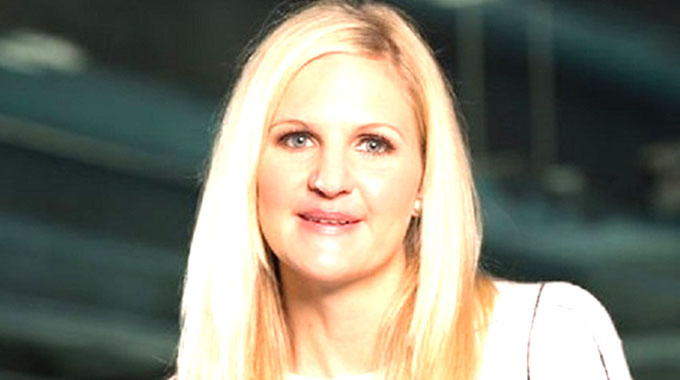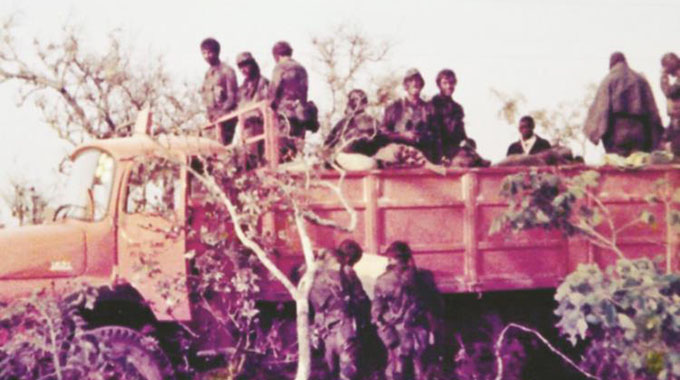Veteran sculptor opens up on piracy
Kundai Marunya Arts Correspondent
one of Zimbabwe’s first generation sculptors, Lazarus Takawira (68), has opened up on a generation of artists who are duplicating the work of veterans and passing it on as theirs for a quick buck.
After retiring from the police force in 1982, Takawira became one of Zimbabwe’s first visual artists to exhibit in countries such as the United States, Germany, Netherlands, United Kingdom, France, Poland and Kenya.
He has received many accolades, including four National Gallery Merit Awards, for outstanding work in over five decades in the sector.
He said he had stopped entertaining rising artists at his workspace because most of them tended to copy his works and pass them as theirs.
“This is our biggest problem in the sector and I am worried it will cost us a generation of creatives who are supposed to take over from us and push sculpture forward,” he said.
Takawira said many young artists were just after money, instead of creating and expressing themselves through stone sculpture.
For Takawira, sculptures tell stories of different phases in one’s life.
He has kept some of his works and swears never to part ways with them for any amount of money.
“This is the legacy I am leaving my children, they feel like part of me and I do not dream to sell them, not for any price,” he said.
He was quick to point out one of the pieces titled “My Mother”, which he says reminds him of his late mother, the woman who taught him to carve stones in 1962. Takawira said whenever he was feeling low, he would stare at the sculpture.
For him, looking at the picture has a calming effect.
From his permanent collection, there is one missing piece, a sculpture titled “My Recent Problems”, which was sold by his wife while he was in Germany for a workshop.
It was sold to one of his friends, an art collector from the United States.
“I had a huge fight with my wife but instead of laying my hands on her, I vented my anger on this huge stone I had bought to sculpt on,” said Takawira.
“Hours later after a bath and a nap, I came back to the stone I had obliterated only to see a good form shaping up, so I worked on it and it became part of my collection.
“One day while I was away, a friend who had come to Zimbabwe looking for sculpture came here and inspected all that was on display, but his heart was taken by that sculpture.”
It took a lot of convincing and a huge offer for Takawira’s wife to finally sell the sculpture, then another huge extra payment for him to finally agree to let it go.
Though Takawira is full of tales from his close to six decades in the sector, one of his most treasured moments was when he sold his first work to the first National Gallery director Frank McEwen.
“I started sculpting at the age of 13. My mother would make me help her with finishing and polishing her works every day after school,” said Takawira.
“One day when my mother was away I was playing around with stones and sculpted a bird facing backwards. When she got back she admired my work and asked me what I was thinking to come up with such a piece.”
Takawira said the bird symbolised him looking back, wishing he had started sculpting earlier on.
He repeated the story later when McEwen visited Nyanga, Takawira’s base, to buy sculpture and was taken by the artwork.
Takawira was offered six pounds for the sculpture.
“The money I used to travel to Harare and buy some clothes.”
He loved the rewards from sculpting and devoted his life to the trade.
Today, even in his old age, and condemned to a wheelchair due to swollen legs, Takawira still sculpts, but with the help of his wife.
“It takes me at least two months to finish one piece but I still sculpt.
“My wife assists me with finishing and polishing; that’s how we spend our days,” he said. Takawira wants veterans in the sector to assist the young sculptors.
From next year, he will be training at least 20 aspiring artists, half of them females, so that they venture into the industry with knowledge.
Once they are ready for the job, he will organise agents to sell their works.
The first group would then train those that come after them.










Comments